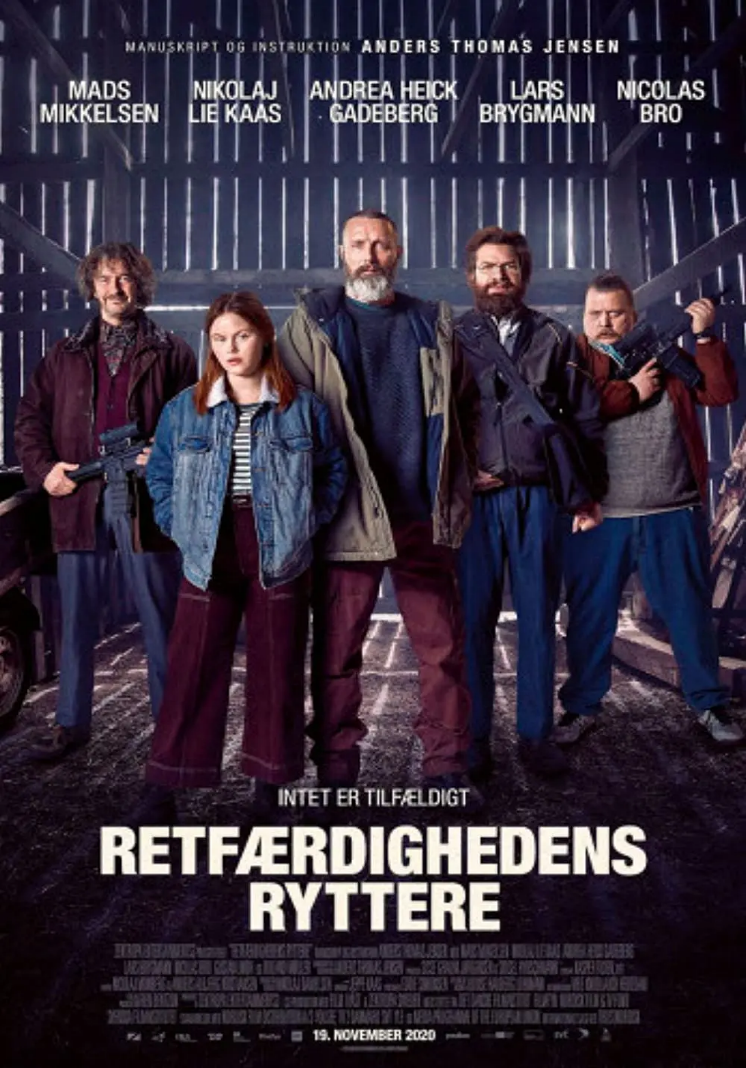Häxan A film like a thesis

The Story of the Movie Part 10 May 10, 2018 The Witch Häxan (1922).Benjamin ChristensenThe history of cinema is fluid history, it is in constant flux, it is not washed up on the shore by the tide and dried and cured mud, instead it outputs a constant flow of momentum, the surging waves themselves.
In the 15th year, one of the most important film festivals in Asia, Busan Film Festival, invited 73 directors, scholars, and critics to select the list of the top 100 films and top 10 directors in Asia on its 20th anniversary. In this “history of cinema”, we can see that the influence of the “fifth generation of directors”, a group that is inseparable from the history of Chinese cinema, continues to wane.
This is certainly not conclusive, but in fact it is a certain “freshness” that emerges from the list that allows us to confirm that the history of cinema is still evolving, and this is always welcome.
The Swedish school, as mentioned earlier, began to head for Hollywood after Viktor Sjöström made “The Phantom Carriage”, and Swedish film production was about to fall into a complete standstill crisis. By the time Hollywood further dominated the world (and perhaps Germany was spared for the time being) until 1923, it was two Danish directors who were still exporting their work to Swedish film studios.
One of these two directors was Carl Theodor Dreier, who would have a very important impact thereafter, and the other was Benjamin Christensen, the protagonist of this piece. In fact, the boom of Danish cinema predates that of neighboring Sweden.
In the first decade of the 20th century, Danish cinema contributed the first internationally acclaimed film star in the history of cinema, Asté Nielsen (American actress Florence Lawrence was earlier, but her influence was relatively confined to her home country). She starred in a series of films that had nothing to do with reality, suffered “fatal” disasters, but still managed to dance in a sexy way, and was “caustically” described by Georges Sadoul as having given an outline of the future of Hollywood cinema and given it Two indispensable incidentals, sluts and kissing, were provided.
Christensen started in this Danish cinematic milieu, but in 1913 he made “The Mysterious X” to show how different it was from mainstream Danish cinema, a film with a remarkable creativity in lighting, the benefits of which would carry over into several of Christensen’s subsequent works and become one of his hallmarks. It was also as if he had foreseen in advance the hollowness of Danish cinema that would lead to its decline (only one film was produced in the entire year of 1928!) . Christensen moved to Stockholm several years before Draije did. When he “escaped” Denmark and arrived in Sweden, the Swedish School, which had not yet found its way, was still heavily influenced by Danish cinema. When the Swedish school was ready to enter Hollywood across the ocean and Europe was “falling”, Christensen was still in Sweden to make a name for Nordic cinema.
The film that did so was “The Witch”, which was made in 1922. In the same year, the father of documentary film, Flaherty, completed “Nanook of the North”, which is called the “origin of documentary film”. The Inuit Nanook (whose real name is Alakaliarak) was made to reenact a primitive form of hunting (which has since been eliminated by the Inuit, and the film is controversial for its portrayal and falsification). In “The Witch,” Christensen had the actors “restore” the horrific scenes of the Middle Ages: the torture of witches by the Inquisition, babies being thrown into the frying pan, kissing Satan’s buttocks, and witches having rendezvous with the devil behind their husbands’ backs.
While watching the movie, I kept thinking about the impact these images had on the audience in the 1920s. In fact it did suffer a ban in many countries, and American audiences had to wait until 1928 to see it. Christensen, of course, also restrained, not obsessed with shaping the horror scenes to scare off the audience. The film is divided into seven segments, with “essays” about his investigation into the “survival reports” of medieval witches. I’m afraid that if it’s too scary, most of the audience won’t be able to finish the movie.
Thanks to the innovative lighting in “Mystery X,” Christensen uses lighting in many scenes with exaggerated makeup and styling to create a sense of wonder between the comic and the macabre.
It is true to say that “The Witch” unfolds in a thesis-like manner. It is also the first film since the birth of cinema to assume a “popular science” role with such a detailed and complex structure, and perhaps the first well-constructed science education film.
The seven chapters of the film can be roughly divided into three parts according to the theme.
The first three chapters outline the worldview of early humans and their imagination and perception of witches. The film intersperses a number of woodblock prints with physical evidence to confirm the witches’ magic and crimes: flying on broomsticks (inevitably, the thought of Harry Potter on broomsticks in the second highest-grossing film series of all time was overtaken by Star Wars just a few months ago), making aphrodisiacs for old women to control fresh meat, and burning down cities. And the source of magic, of course, comes from the devil.
The fear of the devil and hell reached unimaginable proportions, and when I read a Christian writer many years ago, he talked about how even in the Puritan era, when the pastor spoke in church about the total corruption of man’s sinful nature, the holy wrath of God and the horror of the devil and hell, many listeners were still so afraid that they fled from the crowded church windows. This fear only increased in the Middle Ages.
The middle three chapters build on the previous social context and tell the story of how witches were identified and “tyrannized” in those times. When an old woman comes to the door to beg, the family accuses her of being a witch, and the Inquisition takes over, bullying her into making a confession. The woman is forced to confess her guilt, but she also brings down some of the people who usually bully her, falsely accusing them of being her accomplices (although there is no religious background to this story, Chinese people should be able to relate to this set of stories).
Two other examples are added to this story: some young monks who had been ascetically abstaining from sex for years and had only a little physical contact with a woman were burned with lust, which was also concluded by the older monks to be the result of a witch’s spell. In another case, the madness of a nun often causes panic among her convent companions, and everyone often confesses that it is the result of demonic seduction and coercion.
The biggest surprise in the unfolding story of these three chapters is undoubtedly the discovery of the old woman’s inescapable confession, the use of close-ups and the old woman’s look like the classic scene of Joan of Arc’s tears in “The Passion of Joan of Arc,” which was born six years later. There is no doubt that Christensen inspired his Danish compatriot Draije. Gombrich spoke of the development of the art form not as a slave copy of an original image, but as a “modification” of the original image that preceded it. The artist changes the way he tells the story, adapting political concepts, emotional directions, etc., to the new technologies available. Christensen’s original, and Dreyer’s rewrites, provide a classic example of this.
The seventh and final chapter of the film is an analysis and summary of the tragic story previously told. The director uses a number of modern scientific cases to support the idea that the cause of the tragedy was the result of fear of the unknown, as well as superstition and lack of tolerance. Christensen cites the figure of 8 million witches executed by the Inquisition in the Middle Ages, a figure that I fear is now a great fallacy.
From what I have read, the historical research of the last 20 years, represented by Thomas Madden, shows that the number of executions by the Inquisition was much lower than by the secular courts, and that even many “clever” criminals would deliberately commit blasphemy (or admit to witchcraft) in order to get themselves out of the secular courts and be transferred to the Inquisition. According to Madden, “the Inquisition saved many innocent (and even less innocent) people who might otherwise have been victims of secular territory or mob rule”. Interestingly, this is a very different argument from the movie.
But that’s no big deal. When movies are loaded with “content”, they are bound to make mistakes. We won’t be able to watch movies.
After making the thesis-like film “The Witch”, Christensen went to Berlin to work as an actor for a while, and then, like most outstanding European directors, he went to Hollywood, where he exported only a few mediocre films. This repeatedly suggests to us that Hollywood is no longer a nameless village outside Los Angeles, and that the time has come for it to rule the world.




